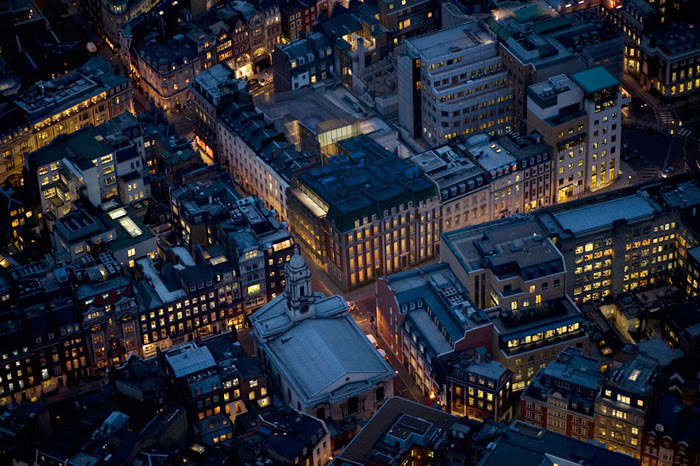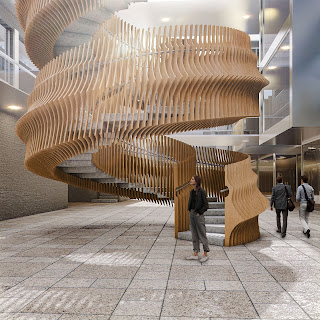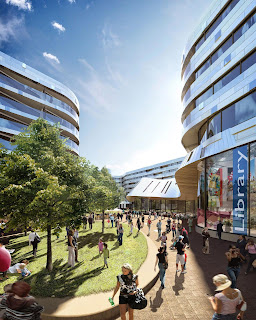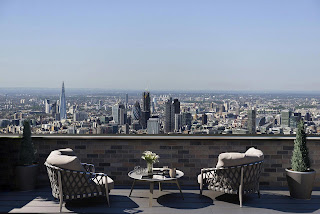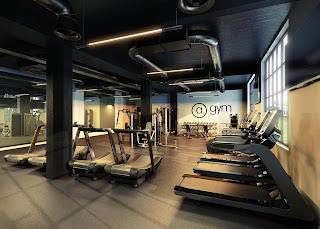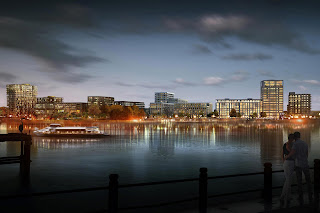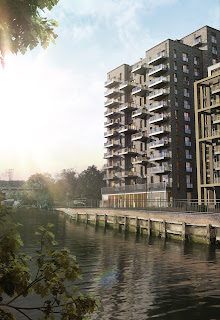Play Video in Full HD and with Custom Captions/Subtitles (CC)
This unique video tutorial takes users through important settings
such as vray frame buffer history preview functions, image corrections, Vray raw
image files, lens effects, and much more.
You can watch this video in full screen by clicking on its button; or by simply going to my new YouTube channel.
You can watch this video in full screen by clicking on its button; or by simply going to my new YouTube channel.
I really hope you find it useful, like and share it .
Please Join my Patreon page by clicking HERE to download Project files, Textures; Watch more Videos and receive Technical Support. Or buy the full course outright by clicking the Paypal link below.
It's entitled: 3ds Max & Vray: 3d Visualizer handbook to Interior daylight renders
Or buy the the full course for, $9.99, for few days only.
In addition, you will get a 24/7 support (Q&A) about the course, and 30 days money-back-guarantee.
$9.99 Paypal link: https://www.paypal.com/cgi-bin/webscr?cmd=_s-xclick&hosted_button_id=PYFDB477483GN
You don't need to provide your postal address details, or have a PayPal account to make a Paypal transaction (Paypal accepts Cards, also). Choose the second option below to pay without a paypal account (Pay by debit or credit card).
The above link will take users to the PayPal page. After the transaction is complete, the user will be automatically redirected to a Google drive, to access and download the project files, Textures,Videos, etc.
The course is filled with great insights into the method of creating proxies, procedural windows, wooden floors, curtains, etc. And with tips and tricks throughout
Projects files and Resources are available for download.
The videos are full HD (1,920 x 1,080 pixels) and with custom captions/subtitles.
You can stream the videos from your mobile (enable full HD and CC).
Or download and watch them from your computer (VLC media player allows users to load captions/subtitles) .
I hope you find it useful.
Alternatively, you can click on the image below, to buy the course on Udemy.com
Udemy Link : https://www.udemy.com/3ds-max-vray-3d-visualizer-handbook-to-interior-daylight/?couponCode=JAMIEJSYKODEFCARDOSO
Video Captions available (CC)
Video Captions available (CC)
Video Captions available (CC)
Video Captions available (CC)
Video Captions available (CC)
I have just published a New Book with Taylor & Francis/CRC Press, entitled,
V-Ray 5 for 3ds Max 2020: 3D Rendering Workflows
Click on the image below to find out more about my new book.
Checkout below my other Courses with High Resolution Videos, 3d Project files and Textures included.
| Course 1: Exterior Daylight with V-Ray + 3ds Max + Photoshop |
| Course 2: Exterior Night with V-Ray + 3ds Max + Photoshop Course 3: VRay 3ds Max Interior Rendering Tutorials |
| Course 4: Interior Daylight with V-Ray + 3ds Max + Photoshop |
| Course 5: Interior Night with V-Ray + 3ds Max + Photoshop |
| Course 6: Studio Lights with V-Ray + 3ds Max + Photoshop |
Also, please Join my Patreon page or Gumroad page to download Courses; Project files; Watch more Videos and receive Technical Support. Finally, check my New channels below:
Important Terminologies & Descriptions:
3d Rendering: Is the process of converting the three dimensional (3D) data seen in a 3d scene into 2D image/s (rasterized).
The rasterization process include, the rendering parameters, the rendering engine, lights, 3d models, textures, shaders, and other effects.
3D renders can be a sequence of animated objects/effects/cameras, or a single frame with a still camera and object/s.
Some of the articles, Videos and Tutorials depicted here will take you through the process of rendering.
Architectural Rendering, or architectural illustration/Visualization, is the art/process of creating two-dimensional images or animations depicting the attributes of an architectural design, while using state of the art applications such as, Autocad, 3ds max, VRay, Cinema 4d, Blender, Maya, Corona, Photoshop, etc
Some of the articles, Videos and Tutorials depicted here will take you through the entire process.
Photorealistic Rendering: Is the Process or Art of making a typical Computer Generated Image/render (CGI) look indistinguishable from a real photo.
To achieve this, users often need to possess the skills and the"eye" to appreciate good photography, cameras, composition, lighting, shaders, materials, 3d modelling, rendering and have some post-production skills.
Some of the articles, Videos and Tutorials depicted here will help you achieve truly photorealistic renderings.
Post-Production: Is the process of creating effects or/and results after (post) the main process.
This terminology can be used to describe the results (post-production) of main processes such as 3d renderings and/or filming a scene.
The post-production often occurs in applications such as Photoshop, After Effects, Nuke, etc.
Some of the articles, Videos and Tutorials depicted here will take you through the process.
Textures: Is a term often used to describe photographed 2d images to be later used in a toggle of a shader or procedural map.
Textures can be used in the Diffuse toggle, Reflect, Glossy effects, Bump, Displacement, etc.
Some of the articles, Videos and Tutorials depicted here will take you through the process of applying textures.
Materials: Is a term often used to describe maps, textures,procedural maps or shaders, depending on the context the term is being used.
Some of the articles, Videos and Tutorials depicted here will take you through the process of applying materials.
Procedural materials: Is a term often used to describe maps with editable/proprietary parameters/functions.
Some of the articles, Videos and Tutorials depicted here will take you through the process of applying procedural materials.
Shaders: Is a term often used to describe complex materials with functions and procedural maps created for a specific purpose.
Some of the articles, Videos and Tutorials depicted here will take you through the process of applying shaders.
V-Ray: Is a rendering engine that uses global illumination
algorithms, including path tracing, photon mapping, irradiance maps and
directly computed global illumination.
Furthermore, it is used as a commercial plug-in for
third-party 3D computer graphics software applications such as 3ds max, Maya, Houdini, Blender, Nuke, etc, for
visualizations and computer graphics in industries such as media,
entertainment, film and video game production, industrial design, product
design and architecture.
3ds Max: Autodesk 3ds Max, formerly 3D Studio and 3D Studio Max, is a
professional 3D computer graphics program designed to create 3D animations,
models, games and images.
In addition, it has modelling, animation and movie effects
capabilities, frequently used by video game developers, TV commercial studios
and architectural visualization studios.
3ds Max also features shaders, dynamic simulations, particle
systems, plug-ins, and much more, with its own scripting language.
Adobe Photoshop: Photoshop is a powerful raster based graphics program produced by the Adobe Corporation.
It
is widely used for a variety of photo/image editing purposes worldwide.
The program has a huge number of filters, functions, plug-ins, scripts,
etc.In addition, there is a huge online support for this software, and countless online sites with tips and tutorials.
Finally, there are readily available books, online/college courses, and its full documentation at Adobe.com
